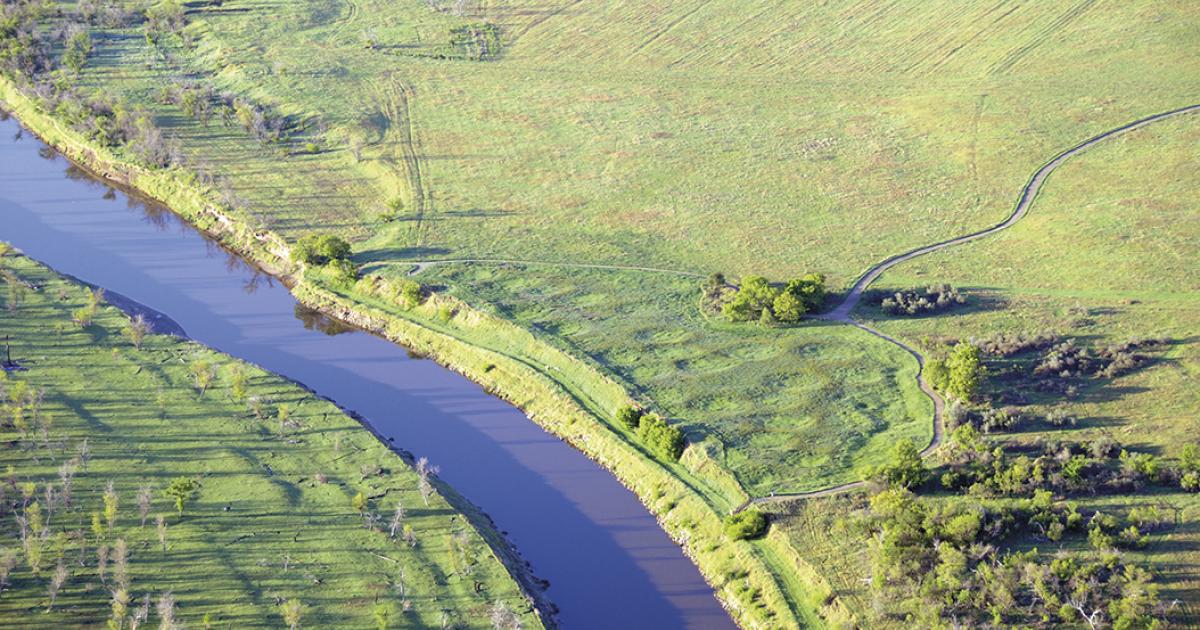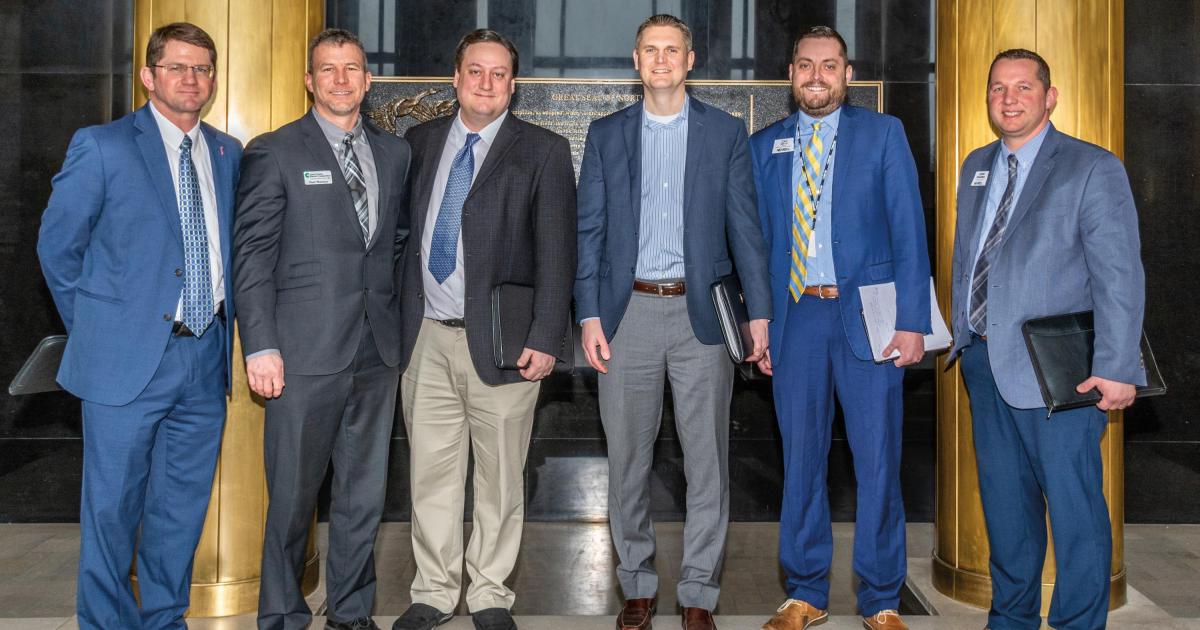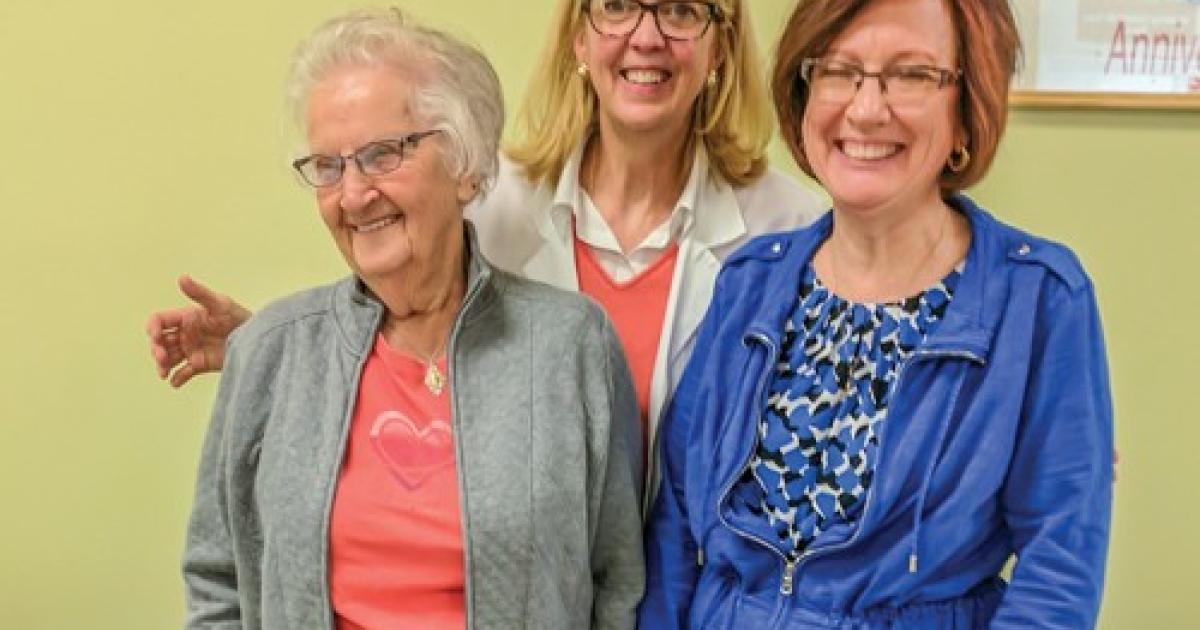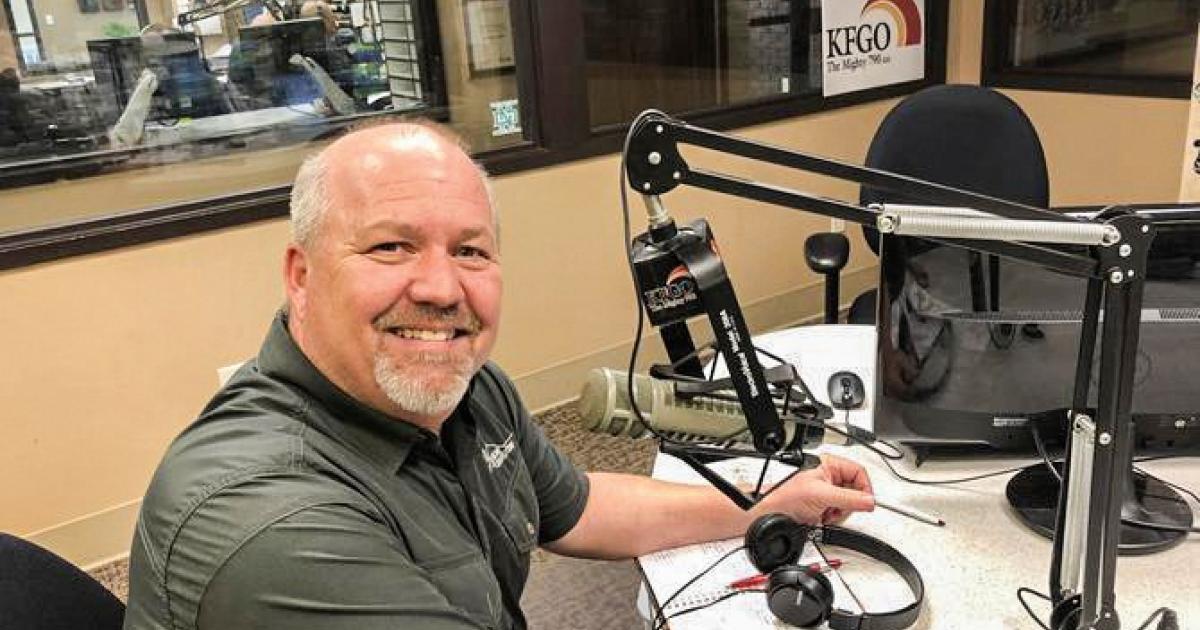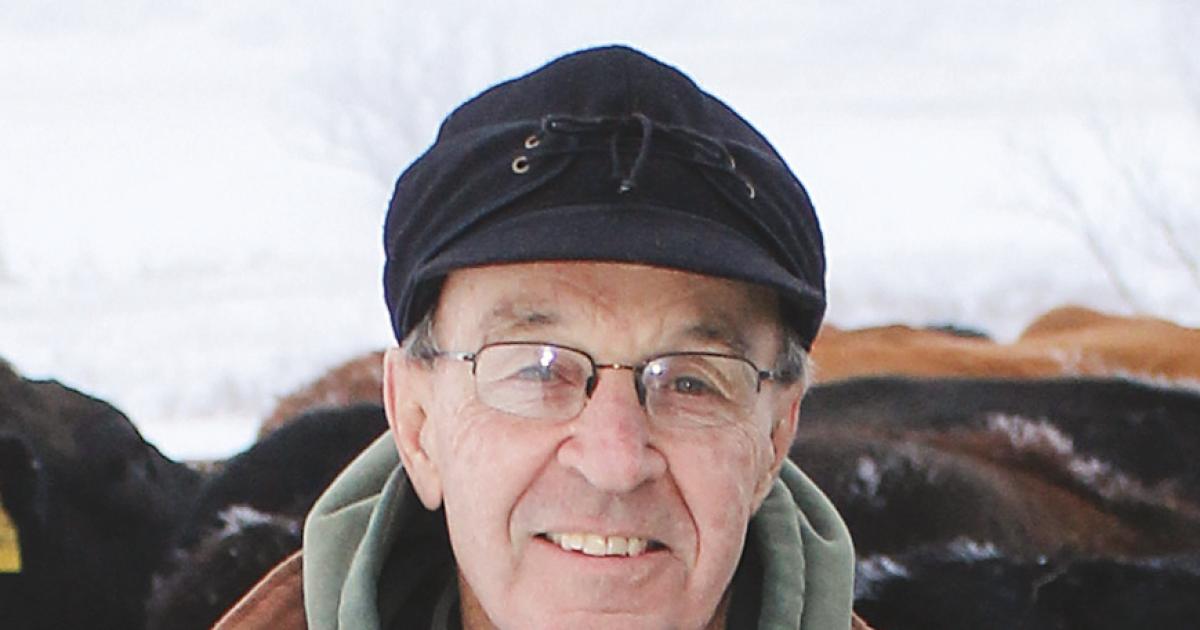An aerial view of earthlodge depressions along the Knife River, which can be accessed by walking trails at the Knife River Indian Villages National Historic Site near Stanton. NATIONAL PARK SERVICE PHOTO
About 60 miles northwest of Bismarck near the confluence of the Knife and Missouri rivers, a hidden gem of great cultural significance awaits. At the Knife River Indian Villages National Historic Site (NHS), which celebrates its 50th anniversary in 2024, visitors can walk the ancestral homelands of the Northern Plains Indians and learn the rich history of North Dakota’s first people.
It’s a magical place, describes Park Superintendent Alisha Deegan, where wetlands, forest and river bluffs meet the rolling plains. Oral Indigenous narratives give life to the site, where round earthlodge depressions are what remain of three Hidatsa villages, once booming centers for trade, food production and Native American life.
“If you go out into the park, you kind of get that sense in the summer … you could imagine the sounds you would hear, the smells of the smoke, potentially cooking. You see people playing games or maybe people coming in for trading or (going) off on a hunt,” Deegan says.
“What you see is still pretty much what you would have seen hundreds of years ago. The buttes, everything, they still have names, they still have ties to our oral narratives,” she says.
Deegan, who has been employed at the park since 2015 and its superintendent since 2020, not only shares the park’s history with visitors, but her familial history, too. She is an enrolled member of the Mandan, Hidatsa and Arikara (MHA) Nation.
“I can point to Big Hidatsa Village, where my family came from, so getting to work and live in my ancestral homeland … it’s awesome,” Deegan says. “This was my dream park, and I’m here. And now I get to manage the park, so it’s pretty special to me in multiple areas.”
EXPLORE THE PARK
A day at the Knife River Indian Villages NHS begins at the visitor center. Inside, tour the museum and learn about the history and culture of the Hidatsa people. Watch a welcome video about the life of Buffalo Bird Woman, who lived in the Hidatsa villages. And, arrange a guided tour with a park ranger or grab a map to explore on your own.
An earthlodge, located outside the visitor center and built in 1997, gives visitors a taste of Hidatsa home and family life. Women owned and maintained the earthlodges in these matriarchal societies.
“In the earthlodges, that’s where life happens,” Deegan says.
Cottonwood trees along the river would be used to construct posts, beams and rafters. Willow branches would be laid atop the wooden framework, and dried prairie grass and thick sod would complete the structure. The round, “ingenious design” of the earthlodge was “perfect for the prairie,” Deegan says, allowing it to stay warm in the harsh North Dakota winters and cool in the summer. Natural degradation required earthlodges to be rebuilt every seven to 10 years.
Deegan says new archeological research may teach us more about these earthlodge villages.
“Through archeological stratigraphy of the soil, understanding the layers and what that tells us, what we thought isn’t quite right,” she says. “People kept coming back here more than we thought they did, rebuilding earthlodges and being here, and this is the time after smallpox,” which changed the way MHA people lived.
Visitors can see these earthlodge depressions for themselves by walking the park’s pet-friendly trails. The 1.3-mile Village Trail takes you through two Hidatsa village sites, the Awatixa Xi’e Village (Lower Hidatsa Site) and Awatixa Village (Sakakawea Site), and along the Knife River. The 2.2-mile North Forest Trail takes you through bottomland forest to the top butte area and “the best view from the park,” Deegan describes, overlooking the Knife and Missouri rivers. And the 6.2-mile Two Rivers Trail takes you to a peninsula between the two rivers, where you can see some of the “old-growth Cottonwoods” used to build earthlodges.
During the growing season, the park also maintains two traditional gardens, planted as the MHA people did for hundreds of years. Beans, corn, squash – the “Three Sisters” in Indigenous cultures – and sunflowers can be seen growing in the gardens. Many varieties of each crop would have been grown by Native American families and later traded at the villages.
“This whole area for hundreds of years was called the Five Village Area,” Deegan says. “People would come for trading, celebrations. Each family would have a garden anywhere from 3 to 5 acres. There was just an abundance of corn, beans, squash, sunflowers, and a lot of the more nomadic tribes would come and trade, and that’s where you get the familial adopting of peoples. And being able to, when you’re younger, flirt with somebody that’s outside of your clan and your family.”
As the United States began its westward expansion, early explorers also traded with the Native Americans.
It was here, at the Knife River Indian Villages site, Lewis and Clark added perhaps the most important person to their expedition – Sacagawea, a Native American woman who lived along the Knife River (a new book by the MHA Nation, “Our Story of Eagle Woman: Sacagawea: They Got It Wrong,” asserts she was Hidatsa, not Shoshone) and provided land survival and interpretive services to the explorers.
“People stop here because it’s part of the Lewis and Clark Trail, but we let people know that (the site) is more than just that,” Deegan says.
MORE THAN THAT
Deegan is eager to share her “dream park” with visitors of all kinds – out-of-staters and international travelers, North Dakotans and those reconnecting with their ancestral roots.
“A lot of our youth don’t know Knife River is here. I think a lot of people don’t realize this park is here and these villages are here. Like myself, I didn’t know,” says Deegan, who was raised on the Fort Berthold Indian Reservation in Parshall. “When I came here, I had never lived next to the river before. I didn’t know what that meant until I was here working and living here, and I understood. … To have this spot, where (other) generations of family (lived), and be able to walk and be here is something that’s even more special, and I think more people from MHA do have that connection when they finally get to come here.”
“Knife River isn’t a place that you can just happen upon. You have to want to come here, and I hope through this story that you get the urge to come here,” Deegan says. “Come learn the history. Maybe it’s your own personal history. Maybe it’s the history of North Dakota that you’re learning for the first time or wanting to revisit. But we welcome everybody, and we’d love to see you here.”
___
Cally Peterson is editor of North Dakota Living. She can be reached at cpeterson@ndarec.com.
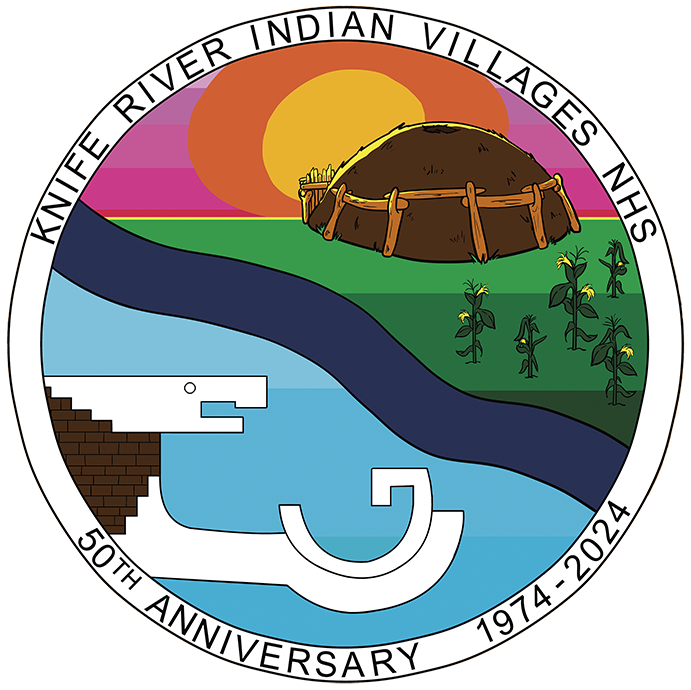 On Oct. 26, 1974, the Knife River Indian Villages National Historic Site was created. One of 400 parks maintained by the National Park Service, it is celebrating its 50th anniversary in 2024.
On Oct. 26, 1974, the Knife River Indian Villages National Historic Site was created. One of 400 parks maintained by the National Park Service, it is celebrating its 50th anniversary in 2024.
An event is being planned for Aug. 17, which will include traditional music, dancing and storytelling from the Mandan, Hidatsa and Arikara Nation, says Park Superintendent Alisha Deegan.
Follow the park’s website (www.nps.gov/knri) and Facebook page for future updates, or call 701-745-3300 for more information.


